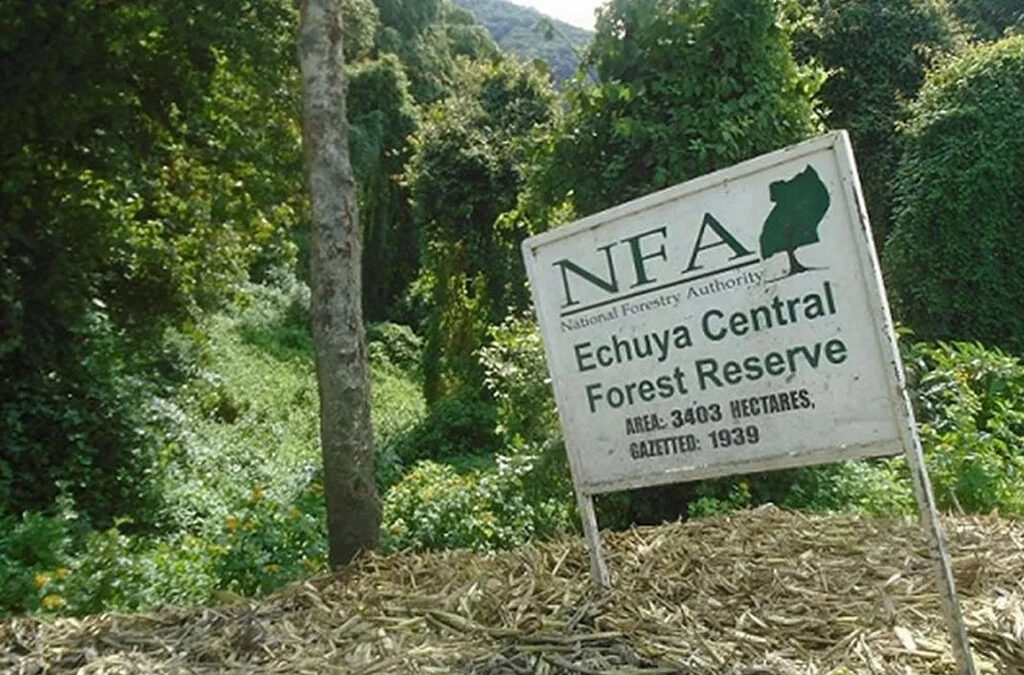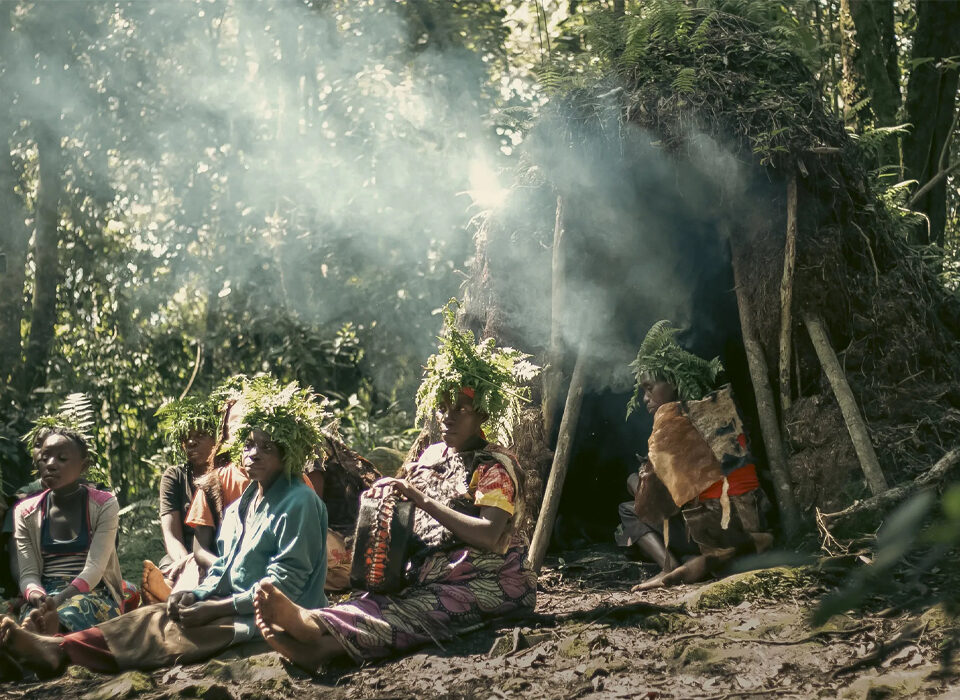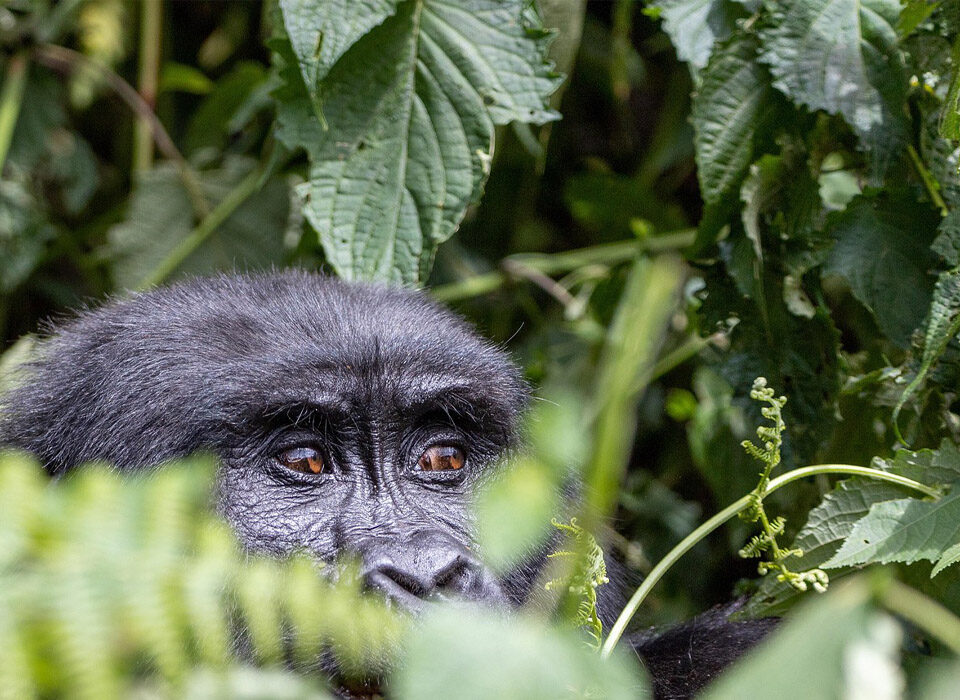- GET IN TOUCH WITH US:
- +256 753518160
- +256 777842166
- info@experiyatourcompany.com

Discover the Beautiful Crater Lakes in Uganda
September 30, 2025Activities to Combine with Chimpanzee Trekking in Kibale National Park
September 30, 2025Why visit Echuya Forest Reserve on your Uganda Birding Safari

Echuya Forest Reserve is one of Uganda’s most rewarding bird-watching destinations. Located in the southwestern part of the country, this forest lies between Kabale and Kisoro districts, close to the Uganda–Rwanda border. For travelers passionate about birds, nature, and conservation, Echuya offers an experience that is both thrilling and deeply inspiring.
Location and Description of Echuya Forest
The reserve stretches across about 3,400 hectares, with a length of 7 kilometers and an average width of 750 meters. It is a montane rainforest dominated by bamboo, making it an important source of bamboo used across Uganda for both commercial and domestic purposes. Originally, Echuya was part of a much larger forest block that connected with Bwindi Impenetrable National Park and Mgahinga Gorilla National Park. Over time, the forest was split into separate reserves, but its ecological significance has remained intact.
The reserve is not only a natural treasure but also a vital water catchment area. Its streams and swamps nourish surrounding farmlands, while its dense vegetation protects fragile soils from erosion. Although the region is densely populated and agriculture is poorly developed, Echuya faces relatively minimal threat from farming. Instead, its main pressures come from local communities seeking bamboo, firewood, and other natural resources.
Birding Opportunities in Echuya
Birding is the main attraction in Echuya Forest Reserve. According to research, the forest is home to about 150 bird species, with 18 species either endemic or highly localized. Among these, the elusive Grauer’s Swamp Warbler stands out as one of the most sought-after birds by birders worldwide.
A birding safari in Echuya is led by professional guides who know the forest intimately. With their expertise, visitors can identify rare species, listen to their unique calls, and learn about their habitats. A keen birder can easily spot more than half of the species in a single day, making the forest a paradise for both amateur and experienced birdwatchers.
Some of the remarkable species found in Echuya include the Dwarf Honeyguide, Kivu Ground Thrush, Red-throated Alethe, Red-faced Woodland Warbler, Archer’s Robin-Chat, White-eyed Slaty Flycatcher, Grauer’s Warbler, Rwenzori Batis, Collared Apalis, Stripe-breasted Tit, Doherty’s Bush-Shrike, Mountain Masked Apalis, Yellow-eyed Black Flycatcher, Brown-capped Weaver, Montane Oriole, Regal Sunbird, and the Strange Weaver. Each of these species brings color, melody, and diversity to the forest canopy.
Other Wildlife in the Reserve
Although birds are the primary highlight, Echuya once hosted large mammals such as elephants, buffalos, antelopes, and duikers. Today, most of these animals are gone, but the forest still shelters a variety of primates and small mammals. Visitors often encounter blue monkeys, black-and-white colobus monkeys, and a small population of baboons. In addition, the reserve is home to 19 species of small mammals and countless butterflies that paint the trails with bursts of color.
At the heart of the reserve lies a swamp rich in sedges, heathers, and giant lobelias. This swamp not only enhances the beauty of the forest but also provides critical habitats for swamp-dwelling bird species, including the Grauer’s Swamp Warbler. For nature enthusiasts, the combination of forest, swamp, and bamboo thickets creates an extraordinary mosaic of habitats to explore.
The Role of the Batwa People
The Batwa people, traditionally hunter-gatherers, once lived inside Echuya Forest. They depended entirely on the forest for shelter, food, and medicine. However, conservation efforts and government policies eventually led to their relocation. Today, the Batwa no longer live inside the reserve but in settlements on the forest edge.
Unfortunately, many Batwa communities live in poverty. They often lack access to land and instead work as laborers for wealthier landowners. Some guard crops against birds and monkeys in exchange for food, shelter, or temporary rights to build small huts on unused land. Despite these challenges, their relocation has supported conservation, giving birds and animals space to thrive in Echuya.
Over time, partnerships between conservation groups and local communities have encouraged a balance between resource use and forest protection. This collaboration remains essential for the survival of the forest and its wildlife.
Conservation Significance of Echuya
Echuya Forest Reserve is not just another birding site—it ranks as one of Uganda’s most significant forest habitats. Its biodiversity, dominated by bamboo and montane flora, makes it an ecological sanctuary. Because of its unique plant and bird communities, the reserve has become a stronghold for conservation projects, particularly those focusing on rare and endangered bird species.
The interaction between the forest and local communities plays a key role in conservation. While people depend on bamboo, firewood, and water resources, the reserve provides ecological services that benefit the region as a whole. These include water regulation, soil protection, and habitat conservation for species found nowhere else. The future of Echuya depends on maintaining this delicate balance.
What to Expect on a Birding Safari
A birding safari in Echuya offers more than just the thrill of spotting rare birds. The experience begins with the guidance of a trained birding expert who navigates forest trails, swamp edges, and bamboo thickets with ease. As you walk through the forest, you will hear songs and calls echoing from the canopy, each sound leading you closer to a new discovery.
Birding here is both a test of patience and a reward for attentiveness. While some birds reveal themselves quickly, others require quiet observation and persistence. The forest’s diversity ensures that every visitor has a unique experience. Beyond birds, you may come across playful monkeys, colorful butterflies, or striking plants that enrich your safari.
Why Echuya Should Be on Your Itinerary
Uganda is blessed with numerous birding destinations, from the wetlands of Mabamba to the rainforests of Bwindi and Kibale. However, Echuya stands out because of its high concentration of rare species and its beautiful setting on the edge of the Albertine Rift. For travelers exploring southwestern Uganda, a visit to Echuya can be combined with gorilla trekking in Bwindi, golden monkey tracking in Mgahinga, or cultural encounters in Kisoro.
Birding in Uganda often begins the moment you arrive at the airport, as the country’s diverse landscapes teem with birdlife. But stepping into Echuya Forest offers a deeper, more immersive experience. It is here that you will witness the magic of montane ecosystems, listen to the songs of rare birds, and connect with conservation efforts that protect Uganda’s natural heritage.
Conclusion
Echuya Forest Reserve is a treasure for birders, conservationists, and nature lovers alike. With its 150 bird species, unique flora, thriving primates, and rich cultural backdrop, the reserve offers an experience that is both educational and inspiring. Its story is one of resilience—of a forest that continues to thrive despite human pressures, and of communities working to protect what remains.
On your Uganda birding safari, make time to visit Echuya. Walk its bamboo trails, pause by its swamp, and listen to the calls of birds you may never hear again elsewhere. Here, nature reveals itself in layers, and every moment deepens your connection to the wild heart of Africa.



